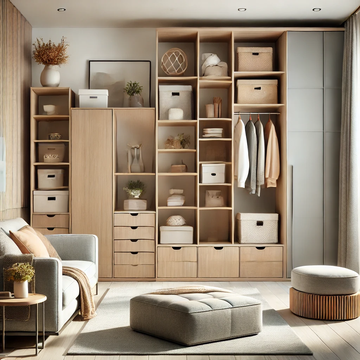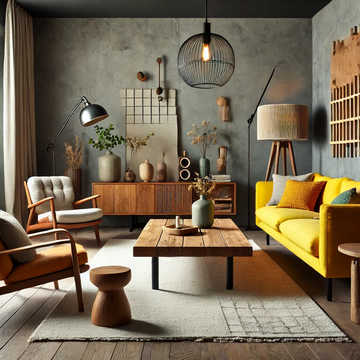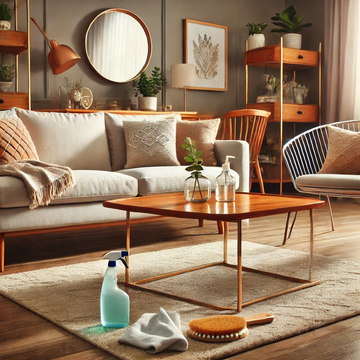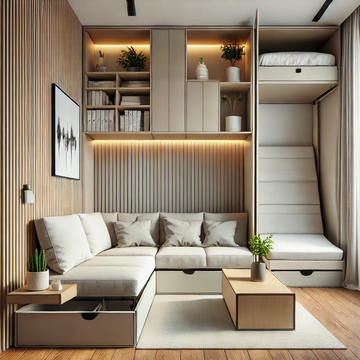Why Choosing the Right Lens Matters
Let’s face it, picking the right lens can be a bit like choosing the perfect pair of shoes—it’s all about finding what fits best for your needs. Imagine trying to capture a breathtaking landscape with a lens that’s too zoomed in or shooting a close-up portrait with a lens that can’t get you close enough. It’s frustrating and can really make or break your shots. That’s why understanding your lens options and selecting the right one is so crucial.
In this guide, we'll walk through the different types of lenses available and help you figure out which one suits your photography style and needs. Whether you're a beginner or looking to upgrade, there's a lens out there that's just right for you. Ready to find your perfect match?
Understanding Lens Types
Prime Lenses
So, what’s the deal with prime lenses? These bad boys have a fixed focal length, which means they don’t zoom in or out. Sounds limiting, right? But here's the twist—they often deliver sharper images and perform better in low light. Think of them as the 'classic' option in your lens collection, great for portraits or street photography. I remember when I got my first prime lens; it felt like discovering a new dimension to my photos.
Zoom Lenses
If prime lenses are the classic, zoom lenses are the versatile all-rounders. They let you zoom in and out without changing lenses, which is perfect for capturing everything from distant wildlife to close-up details. They're like having a whole toolkit in one lens. When I went on a trip to the wildlife park, my zoom lens saved me from having to get too close to the animals while still getting those amazing shots.
Wide-Angle Lenses
Ever tried fitting an entire room or a sprawling landscape into a single shot? That’s where wide-angle lenses come in. They give you a broader view, making them perfect for capturing expansive scenes or tight spaces. It’s like having a backstage pass to the whole scene. I used a wide-angle lens to shoot a small café interior, and it made the space look inviting and spacious.
Telephoto Lenses
Want to get up close and personal without actually being close? Telephoto lenses let you zoom in on distant subjects, making them great for sports, wildlife, or any situation where you need to stay at a distance. I remember using a telephoto lens at a football match; I could capture the action on the field without getting in the way.
Key Factors to Consider When Choosing a Lens
Focal Length
Focal length is all about how much zoom you get and how it affects your composition. A longer focal length means more zoom, while a shorter one means a wider view. It’s like choosing between a magnifying glass and a wide-angle viewfinder. Think about what you enjoy photographing most and choose a focal length that complements that.
Aperture
The aperture controls how much light gets into your camera and affects the depth of field (how much of the scene is in focus). A wider aperture (lower f-stop number) lets in more light and creates a nice blurry background effect. For those dreamy portraits or sharp low-light shots, a lens with a wide aperture can be a game changer.
Image Stabilisation
Nothing ruins a photo faster than a shaky hand. Image stabilisation helps to counteract camera shake, giving you sharper images, especially at lower shutter speeds. If you’re someone who enjoys handheld shooting or often finds themselves in less-than-perfect conditions, this feature can make a huge difference.
Compatibility
Before you get too excited about a lens, make sure it’s compatible with your camera body. Different brands and models might have specific fittings or features. Checking this beforehand can save you a lot of hassle and ensure you get the most out of your lens.
Budget Considerations
Entry-Level Lenses
If you’re just starting out, you don’t need to break the bank. Entry-level lenses offer great quality without the hefty price tag. They’re perfect for learning the ropes and getting a feel for what you like in a lens.
Mid-Range Lenses
As you get more into photography, you might want to invest a bit more. Mid-range lenses balance cost and quality, offering better performance and features without being too extravagant. They’re ideal for serious hobbyists looking to upgrade.
Professional Lenses
For the pros or those aiming to be, professional lenses are where it’s at. They offer top-notch performance, build quality, and advanced features. If photography is your career or serious passion, investing in high-end lenses can really pay off.
Personal Experience: Choosing My First Lens
I still remember the excitement (and confusion) of picking my first lens. It felt like stepping into a whole new world of possibilities. I went with a versatile zoom lens because I wanted something that could handle various situations. It turned out to be a great choice, giving me flexibility and helping me learn about different types of shots. Picking the right lens is a bit like finding the right partner—it makes a huge difference in your photography journey.
Making Your Decision
Choosing the right lens doesn’t have to be overwhelming. Think about what you enjoy photographing, your budget, and what features matter most to you. Try different lenses if you can and see what feels right. It’s all about finding a lens that feels like an extension of your creativity.
Conclusion: Finding the Perfect Lens
So there you have it—a comprehensive guide to finding the perfect lens for your needs. Remember, the right lens can make a world of difference in your photography. Take your time, do a bit of research, and soon enough, you’ll find the lens that fits just right. Happy shooting!




